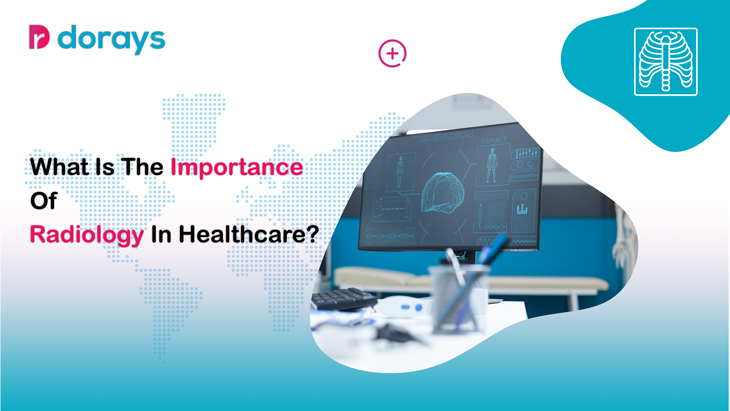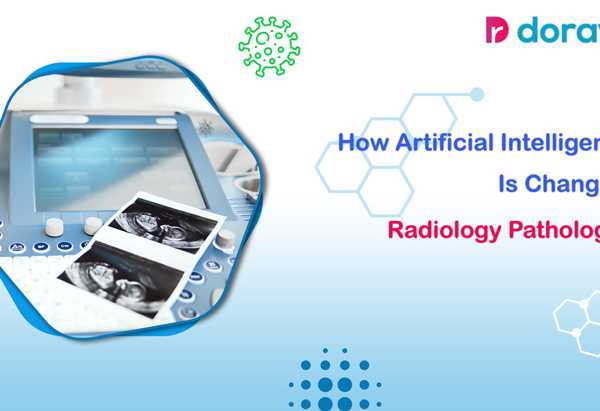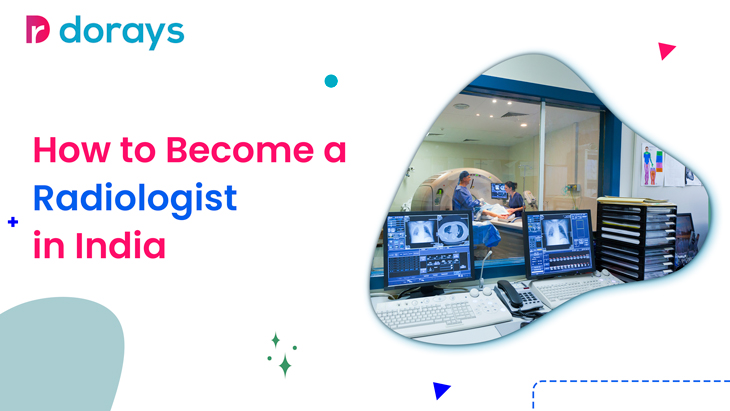Radiology refers to several tests that capture various images of the different parts of the body with the help of several types of Electromagnetic Waves. These tests are essential as they help the doctor see inside the body. The many different kinds of tests that fall under Radiology include X-ray imaging, MRI Imaging, Ultrasound Imaging, CT scan, Mammography, Fluoroscopy, and PET Scan.
Radiology in healthcare
The role of Radiology is very central to disease management because Radiology provides a wide choice of tools that help detect, stage, and treat diseases. It is essential in healthcare as an early diagnosis by Radiology in Hospitals or Pathology Labs saves lives.
You cannot cure anything without diagnosing it. Therefore, in the current scenario, Radiology has become one of the most important diagnostic tools in the medical Industry. Nearly every Pathology Lab has a Radiology Department. The various roles of Radiology in the medical diagnosis process are as follows:
1. X-Ray Imaging
X-Ray was the first-ever breakthrough in Radiology, which changed the field of medical science forever. It was the first time that doctors could see the body’s internal parts without invasive surgical intervention. It helped doctors diagnose various diseases that would not have been possible without X-Ray.
X-Ray Imaging uses X-rays to spot dysfunctional features inside the body. When the X-Ray rays pass through the body, the different body parts absorb the rays according to the density of the substance through which they are passing, which creates an image of the body part. The doctor can now diagnose what is wrong with the body. X-Ray Machines are a basic necessity in any Hospital or Pathology Lab.
2. Other forms of picturing or imaging
Apart from X-Ray, Radiology also includes a lot of other imaging technologies, like CT scans, MRI, Fluoroscopy, and Angiography. This kind of technology allows doctors and surgeons to have real-time live images of the body’s insides, be it the digestive system, blood vessels, etc. Doctors get 2D and 3D images of the body’s interior at their disposal to make the correct diagnosis.
3. Radiographers
The prominent people working in Radiology are Radiographers. Their roles are not only limited to making a diagnosis, and the radiographers must conduct the test and make the patient comfortable with the test.
One of the essential roles of a radiographer is to clear the various doubts and questions of the patients about such modern technology.
4. Comprehensive Disease Management System
Radiology can provide a patient with various kinds of benefits. The benefits can be in the form of advanced tools, techniques, and multiple options to tackle the disease – to detect and treat it. Diagnostic Picturing is the method of getting detailed information about any disease.
Radiology helps the patients with early diagnosis, which increases the chance of the disease getting cured. Thus, saving lives would be a much more difficult job without Radiology. Picture imaging has become a core process in medical science, and without proper process, the number of dying people will keep increasing exponentially.
Treating something as simple as a broken bone can be a troublesome job without Radiology. However, it is also necessary to have a proper, experienced, and qualified radiologist doing the job and carrying out the essential process. Without appropriate expertise, there are high chances of fatalities that can occur.
Conclusion
A doctor will not be able to cure a patient without Radiology. In most cases, the doctors and physicians rely on Radiology test results to make a diagnosis. Therefore, radiology is an integral part of the treatment of the patient.





Leave a Comment